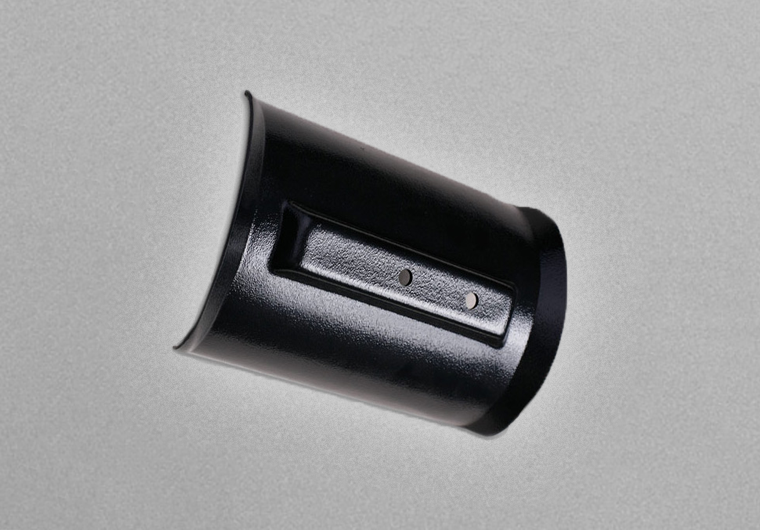
VACUUM FORMING
Vacuum forming is the process of choice when we need to create something on the thin side. Unlike many other techniques, it starts out with material in long sheets rather than liquid form. Usually, these sheets are rigid, but there are some applications that use a more flexible type. The sheet is heated and then pressed into a mold. Next, a vacuum is used to pull out any air and force the sheet to fit snugly against the mold, ensuring the item is accurate to the design. After cooling, the completed object is carefully removed and checked for quality, including trimming any excess.
Advantages of vacuum forming include:
- Economy. It is generally not very expensive to create forms for this specific technique, making it a great choice financially for large or small product runs.
- Speed. If your project requires a quick turnaround, vacuum forming will meet that need.
- Flexibility. The forms used in vacuum molding can usually be easily changed.
Vacuum forming is used in many different industries to create products for consumer, institutional, and industrial use. Below are some examples of goods that are manufactured using this technique:
- Food containers
- Engine covers in automobiles
- Components of automated teller machines
- Encasements for medical equipment
Do you have a project in mind that could benefit from vacuum-formed parts? Midwest Rubber Company is ready to help you. Contact us today, and we’ll get started on putting your ideas into action.